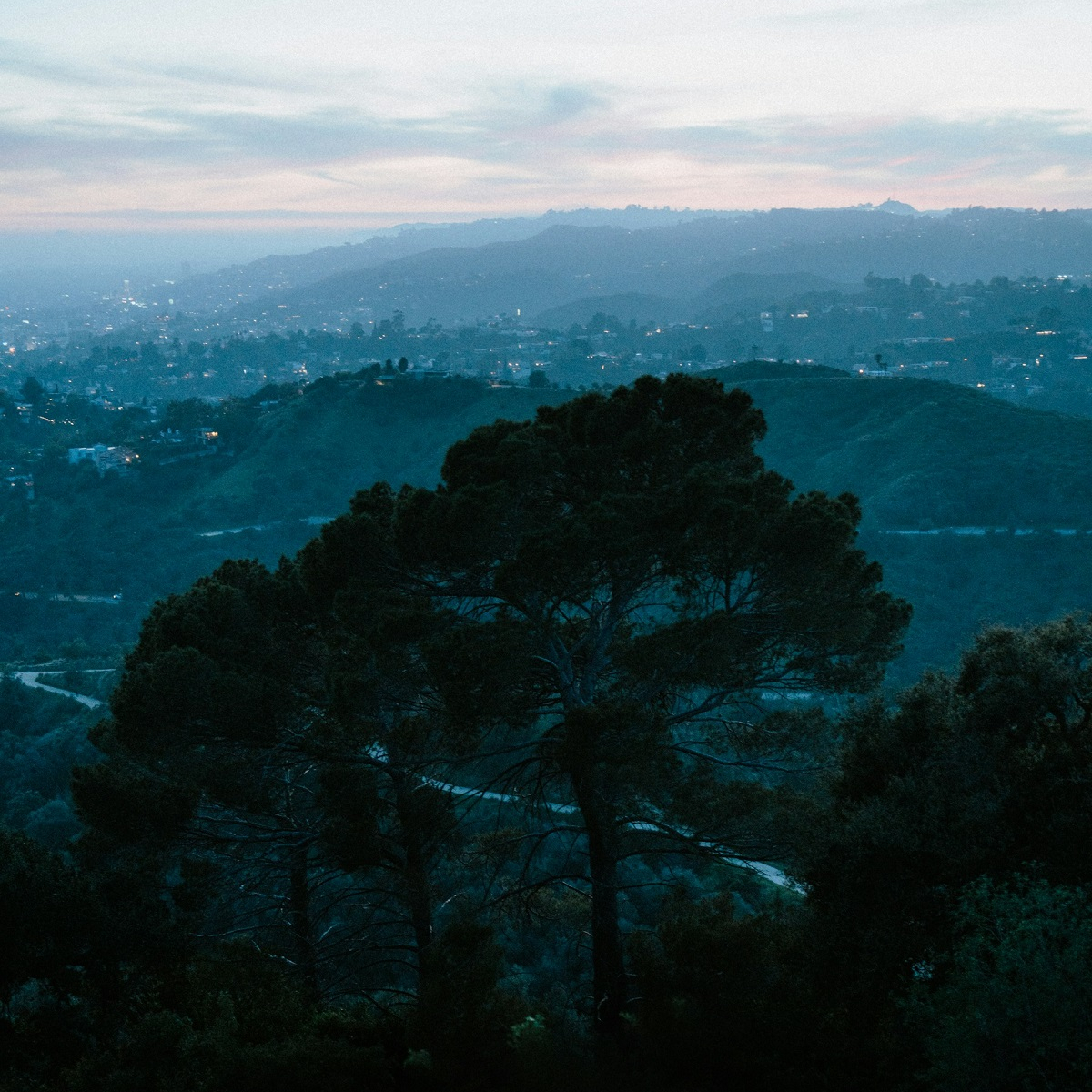
Nature has ways of hiding its quiet beauty right next door to our urban world, and some lucky photographers find ways to capture it.
This is what one patient pro pulled off when she shot a whole series of carefully framed camera trap images of large fauna in the Verdugo Mountains right next to the massive Los Angeles metropolis.
As Johanna Turner bluntly explains to the website PetaPixel, “Camera trapping is the most frustrating photographic technique but when it works, it’s freaking amazing,”
And freaking amazing is exactly what her photos are.
These include shots of leaping coyotes, graceful deer, playful raccoons, beefy brown bears and several shots of powerfully sleek mountain lions, all prowling right along the wooded edges of the second-largest city in the United States while most of its 16 million inhabitants sleep.
The majority of Turner’s photos are nocturnal shots captured through the use of a camera trap. In her case, this is a Canon 6D wired to suddenly take flash photos of wildlife as it passes nearby.
With many shots, it’s plainly obvious that the camera’s sound and light startled the creatures being captured, but in other images, we get to see fascinatingly candid shots of these often elusive creatures in their most unguarded state.
Contrasting the subjects of the shots, there is the vast glow of Los Angeles and its sprawling suburbs, carefully framed to form the brightly lit backdrop of this secret animal world.
For many of her wonderful photos, Turner set her camera trap in a place that’s easily accessible from the nearby city.
The Verdugo Mountains are a 19-square-mile chunk of rugged nature completely surrounded by the streets and highways of urban L.A.
This is also what makes these photos so appealing. The idea of being able to capture documentary-quality nature photographic work with a bit of patient effort, but no need to travel far beyond civilization is sincerely inspiring.
Turner describes the chronology of her adventures to PetaPixel,
“I’ve been using camera traps in the Verdugos for over 10 years. There was a resident mating pair of mountain lions there between 2010 and 2021 but they have both since died. I’ve been fascinated by the thought that another lion would find a way in so I left some cameras up,”
In this same mountain region, she later captured numerous other creatures, and especially deer and coyotes. She adds,
“It’s a beautiful spot, and all the wildlife I’ve seen there over several years has produced some great images. But this mountain lion means so much more to me personally and to conservation efforts for the species,”
The use of camera traps to capture photos of normally shy and elusive wildlife is an old technique that’s been made easier than ever thanks to modern compact digital technology.
In Turner’s case, she used a Canon 6D DSLR with a 17-40mm lens and two off-camera Nikon speedlights to create the sudden brightness needed to clearly capture passing wildlife.
The photographer also explains that she keeps the ISO fixed so that the shutter on her camera can work quickly enough to capture a shot and do so without motion blur if there is ambient light.
Elaborating further, “In darkness, the shutter stays open to allow the city lights to expose well and the flashes take the shot of the subject and foreground.”
Camera trap photography does however require plenty of patience and no shortage of legwork. This applies even if the shooting location is a natural landscape as close to city streets as the Verdugo Mountains.
Once in place, the camera often has to be left concealed on site for days to improve the chances of good shots, and selecting a specific site is also something of an art.
Wildlife doesn’t wander just anywhere in the mountains; certain locations will have much more fauna traffic than others. The trick of camera trapping lies partly in having an eye for such spots.
After leaving her camera in place for a while, Turner has to hike back to check what she’s captured. She mentions that her fears about theft are minimal. Her camera is kept securely locked to a metal post and the animal trail it faces is overgrown and unfit for human hikers anyhow.
Johanna Turner’s work is an example of how nature’s breathtaking creatures can conceal themselves even in places and contexts that many wouldn’t normally give much thought to.
Her photos showcase this in a very inspiring way and are genuinely worth exploring. You can see many more examples of her images on Turner’s website and on her Instagram page.
Images credit: Johanna Turner, Wikipedia, Unsplash






